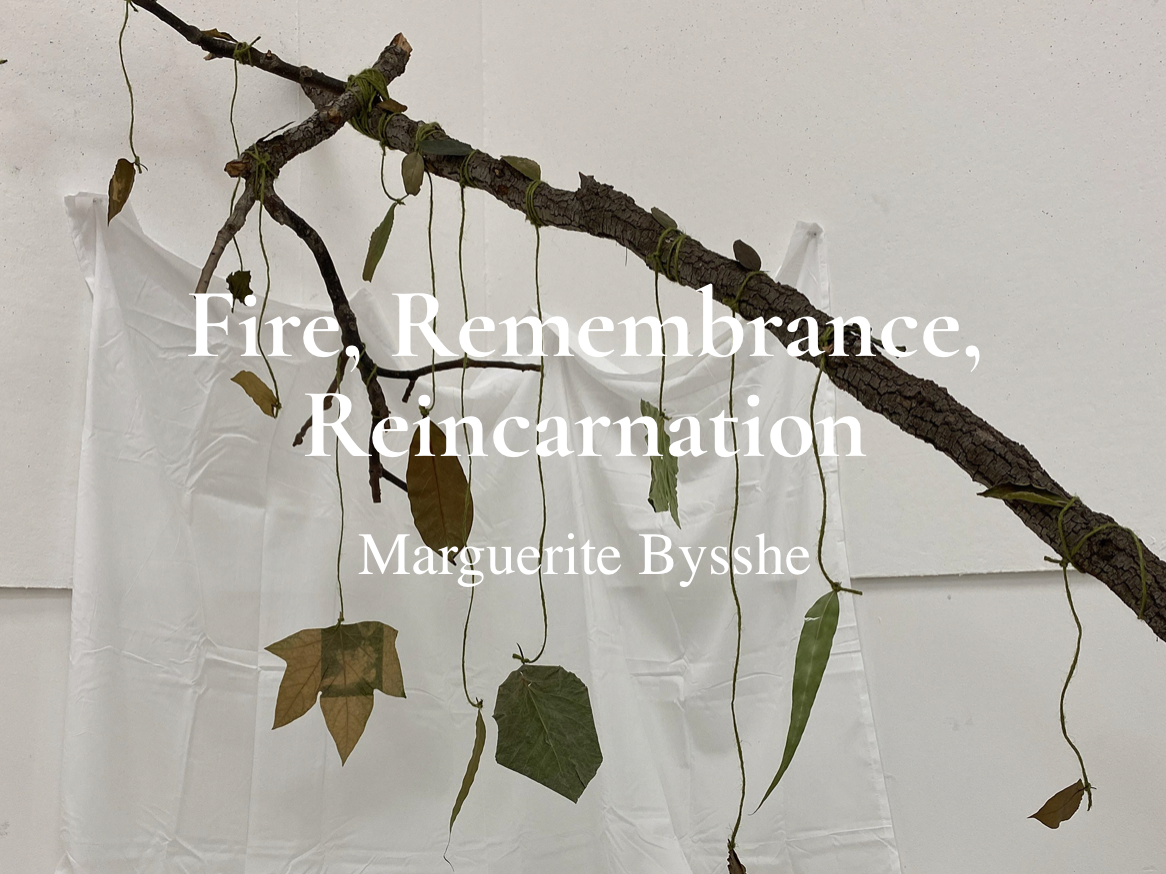A Walk in the Park
Dorothy Steinicke
Topanga State Park is located in the Santa Monica Mountains that rise within Los Angeles and separate the Los Angeles basin from the San Fernando Valley. At over 11,000 square acres, Topanga is considered to be the largest wildland park within a U.S. city. I’m part of a group of volunteers who lead school children on hikes when they come to the park on field trips. Even though the park is technically within the city, it doesn’t feel like the city, it is undeveloped land filled with woodlands, chaparral and meadows. When the students come to the park it is almost always the first time they have been there, often the first time they have been in any sort of non-urban environment.
The students are always excited to be there, after all, they are on a field trip, having a school day away from school. But they also tend to be wary, some frankly frightened. The surroundings are profoundly unfamiliar to them and being in an unfamiliar environment isn’t comfortable for most of us. The students who come on these field trips tend to be the kids who really need to be there, young people who rarely if ever have the opportunity to walk on dirt trails and see vistas of trees, kids who may instead have seen and experienced things that we hope children don’t have to deal with.
Two subjects of fear are usually brought up in the first few minutes, mountain lions and snakes.
On the mountain lion front, I tell them that while there are mountain lions, while they are stronger and faster than we are and, if they wanted to, they could certainly catch and kill us, fortunately for us, they aren’t interested. I tell them that the mountain lions in the Santa Monica Mountains have been studied extensively, including having their scat piles (their poop) examined to determine what they have been eating. What the scientists who monitor them have found is that mountain lions eat deer, they co-evolved with deer as predator and prey, that’s what they like and that’s what they eat. I tell them that in all my decades of frequent hiking I have never seen a mountain lion. For added assurance I throw in the fact that in the recorded history of Los Angeles County, not a single person has been killed by a mountain lion. Neighboring Orange County is a different matter. But we aren’t there and I don’t bring it up.
When we talk about snakes, I tell them that the only poisonous snake in the Santa Monica Mountains is the Southern Pacific rattlesnake. I tell them that while we might see one and if we do, we should be respectful of it, as we should be respectful of all the animals who live in the park, we also don’t need to worry too much about them. Yes, they are venomous, they have poison, but that venom is the tool that they use to provide food for themselves. Rattlesnakes have fangs but they don’t have teeth, they must swallow their prey whole and any one of us, even the smallest, would be far too big for a snake to swallow. Therefore, the rattlesnakes aren’t interested in wasting their precious venom on us, or risking breaking a fang, instead they just give us a warning if we are getting too close and allow us to avoid interacting with them.
We usually break the students into groups. Ideally, we each have a group of about ten students along with a teacher or other adult provided by the school. There is a standard route that most of the docents take their groups on. I don’t take that route anymore. The park has narrow trails and if we all go into that one area the groups frequently bump into each other and have to pass each other on the trails. So, through the years I have found another route to take my groups on, one that goes through some less traveled parts of the park where we are more likely to encounter deer or other animals that try to avoid people.
I love this park. I have been hiking there for decades. While I can’t claim to know all 11,000 acres, the parts of the park that I do know, I know pretty intimately. I have watched burned areas begin their recovery. I know where and when the rare wildflowers bloom. I know where I am likely to encounter slime mold, mountain king snakes or tarantula hawks. It feels like an honor to be able to share a little of this special place with children who have never been there before.
My routine is that I arrive early in the park and walk my route before the students get there so I can assess the trail, make sure it is passable, and look for interesting things to point out that might not have been there the last time. But on one particular day, I hadn’t gotten there early enough to do that, and it was a day where there had been a long break since the last field trip. But I shrugged and figured if there was a problem I’d deal with it.
I had a good group of kids that day who were interested and engaged. They spotted things, galls, lizards, beetles and woodpeckers, and asked questions. On the route I take them on we come to a point where the trail dips briefly into a little gully before coming back up to a meadow on the other side, a place where we often see deer. As I lead my hikes I am always scanning the landscape ahead, hoping to see something in the near distance that we will be able to approach. That day as I looked across the gully, I saw something lying in the trail, right where we were heading. What I saw concerned me. I tried to act very casual as I asked the teacher walking with us to stay with the kids on one side of the gully while I went across to take a look at something.
I hustled down into the gully and back up into the meadow. There it was, exactly what I thought I had seen, skeletal remains lying across the trail and extending into the beaten-down tall grass. There was no skull but there was definitely a rib cage that was still articulated and connected to a backbone which was also connected to a pelvis. From the pelvis there was a single femur stretching off into the vegetation, I leaned over and pushed back the tall grass and saw that the leg bones ended in a hoof. I was incredibly relieved. I went back for my kids.
I reminded them about mountain lions. I asked if they remembered what it is that mountain lions like to eat. I told them they were going to have the opportunity to see what was left after a mountain lion ate a deer.
I led them across and showed them the remains. They were fascinated. It was fascinating. These bones were all that was left of a recently living animal that had been larger than they were. The mountain lion had eaten some and then the rest had been consumed by scavengers; turkey vultures, coyotes, ravens and insects. Now only the bones were left. Eventually we resumed our hike and returned to the picnic area in time for lunch. After I had said goodbye, one of the students ran up to me and said, "This is the best field trip ever."
Coda
It is hard to speak of Topanga State Park or the Santa Monica Mountains without acknowledging the recent devastation of the Palisades Fire. The fire, which broke out on January 7, 2025 and burned for twenty-four days, took the lives of twelve people, destroyed over five thousand homes and burned more than 23,700 acres including large sections of Topanga State Park and Will Rogers State Historic Park as well as other natural areas in the Santa Monica Mountains. People throughout Los Angeles watched smoke rise from the Santa Monica Mountains and, to the east, also from the San Gabriel Mountains as the Eaton Fire burned in and around Altadena. Everywhere ash was falling and the air reeked of smoke.
I do not believe that the areas traversed by the school children in this essay burned, but I don’t know, the state park remains closed to the public. Many areas of wildland did burn. For some time to come, there will be far less access to natural areas for the animals who depend on them and far less access for people and most especially children to be able to spend time there. There is no estimation of when the state parks will reopen or again welcome school field trips.
Dorothy Steinicke lives with her husband in Los Angeles, California. She spends her days introducing children to the wonders of the natural world. She has published essays in Catamaran Literary Reader, The Western Tanager, Poor Yorick and Woods Reader magazines.










